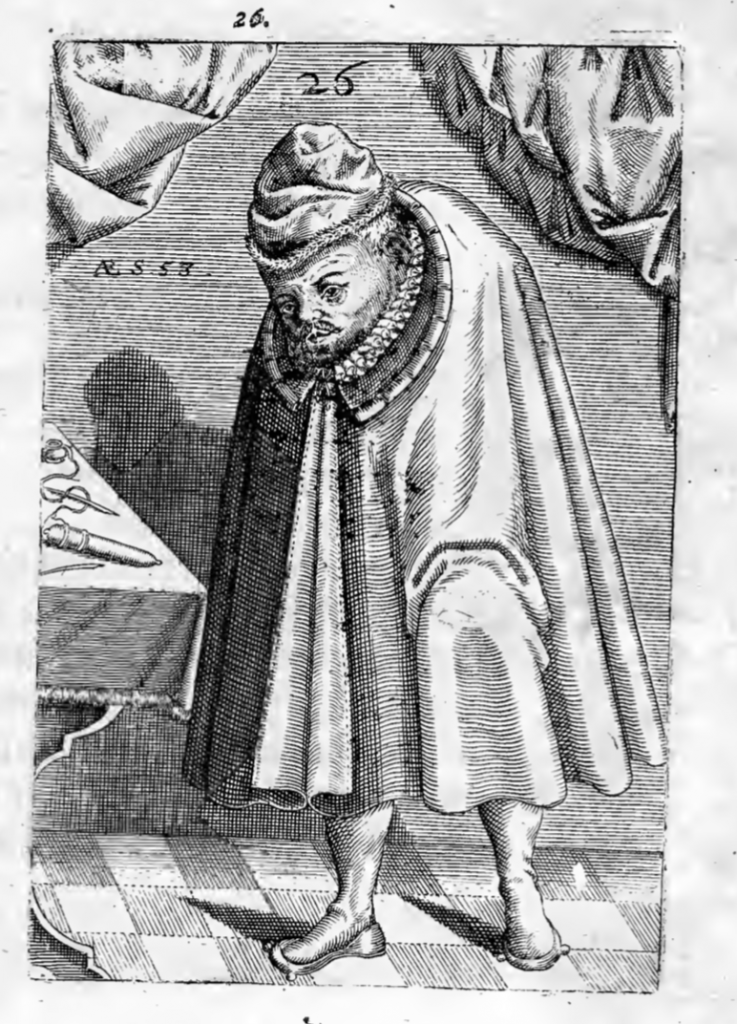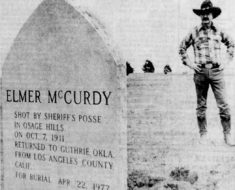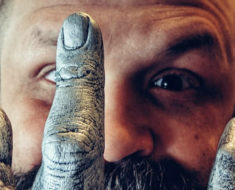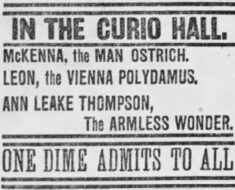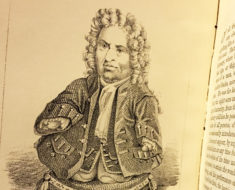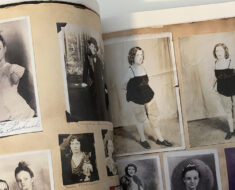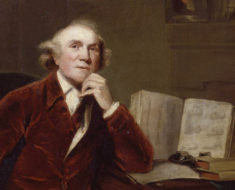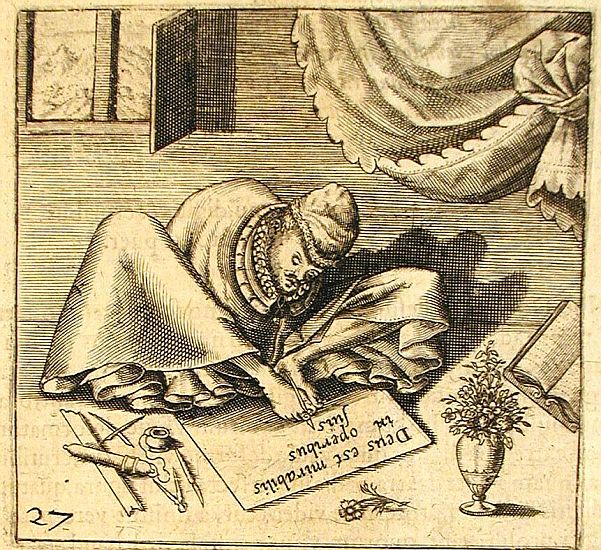
During the heyday of the sideshow in the late 19th and early 20th centuries, armless wonders were among the many human curiosities people flocked to see. Charles Tripp, for example, worked with P.T. Barnum and dazzled crowds with his ability to write, cut, and even carve with his feet. But centuries before the days of Barnum and traveling sideshows, there was Thomas Schweicker.
Born without arms or hands in 1540 in Germany, Schweicker learned to compensate for his lack of limbs by learning to paint, write, and dress and wash himself with his feet. As his talents grew, so did his fame. Schweicker soon became known for his ornate armless calligraphy and artwork at Schwäbisch Hall, where he took on the job of town clerk. Audiences came from near and far to watch him in action—and then purchase his creations.
Schweicker suffered an illness and passed away in 1602. Though Germany lost its celebrated armless wonder, it gained a new one seven decades later when Matthew Buchinger was born. Buchinger, who had neither arms nor legs, played instruments, performed magic, sketched portraits, and fathered eleven children. And like Schweicker, he was a master calligrapher.
